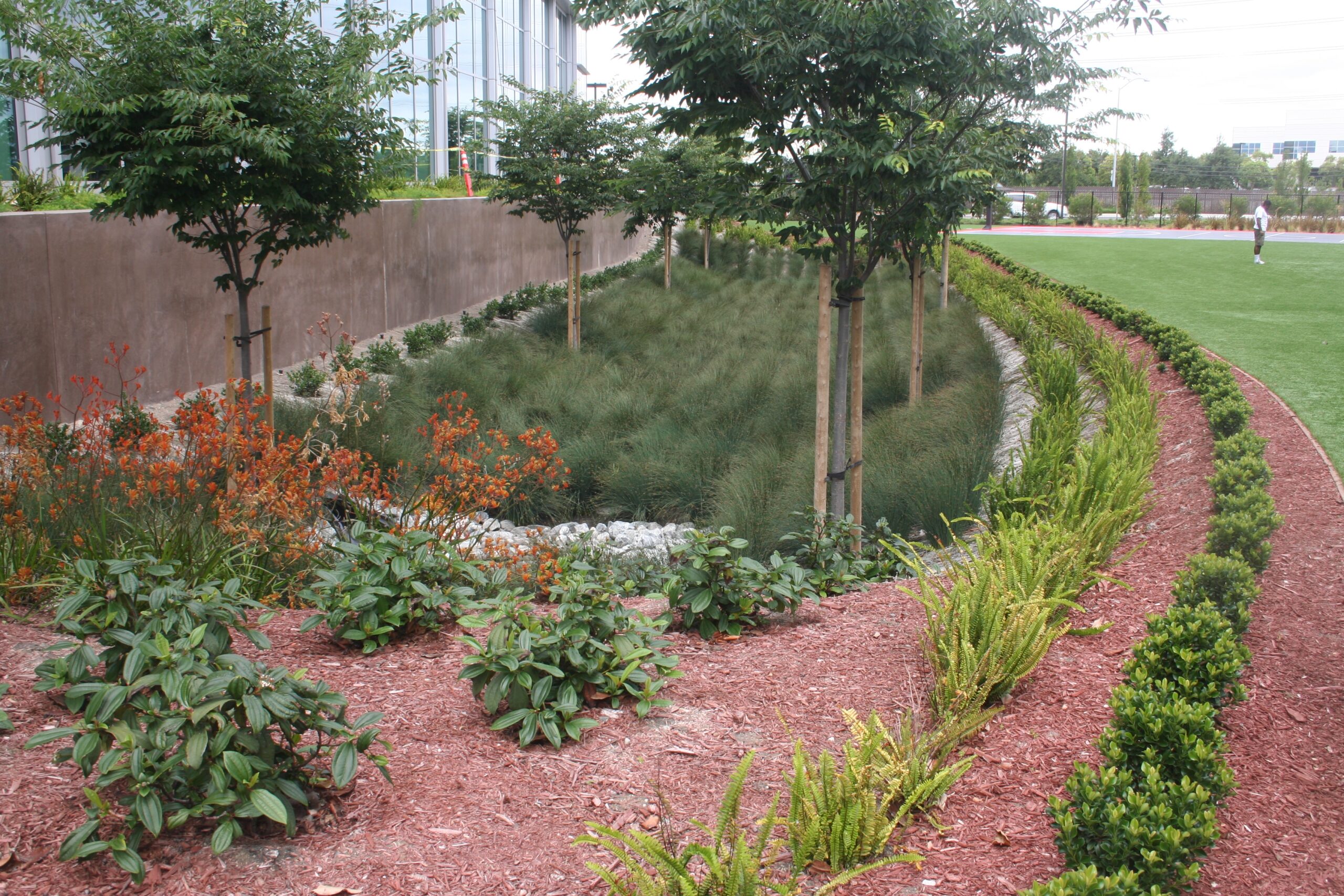
(Wikimedia Commons/CC BY-SA 4.0)

(Wikimedia Commons/CC BY-SA 4.0)
From late December of 2022 to early January of 2023, California received approximately a year’s worth of rainfall, or 32 trillion gallons – enough to cover the entire state in a foot of water. Given that the state has been in a drought for over 20 years, this amount of rainfall all at once might seem like a good thing to help snap California out of its dry conditions. However, the state’s predicament is unfortunately more complicated than that.
The intense rainfall is due to what are known as atmospheric rivers. According to a report in The Washington Post, these ‘rivers’ concentrate large amounts of moisture into thin stretches of clouds. When these clouds hit land, intense rain follows. Extreme amounts of damage soon followed, with USGS reporting over 500 landslides being just a fraction of the destruction caused.
As detrimental as this damage is, it is made worse by the fact that many parts of California simply don’t have the proper infrastructure to capture, funnel, or store such a huge influx of water at once. The state desperately needs to refill aquifers and reservoirs, especially due to its persistent drought conditions, however, according to Kurt Schwabe, associate dean at UC Riverside’s School of Public Policy, the infrastructure simply wasn’t up to the task. This failure is because many areas were overwhelmed by the sheer amount of rainfall that occurred, i.e. California’s system simply wasn’t built for this amount of rainfall.
One solution that can significantly mitigate this problem, however, is green infrastructure. Green infrastructure is a series of supports that protect waterways by mimicking the natural water cycle. Such an approach has the ability to reduce flooding, increase the water supply, help with smog and heat mitigation, provide health benefits, reduce costs, and provide quality of life improvements. Fortunately, there isn’t just one type of green infrastructure to choose from – there are rain gardens, bioswales, green roofs, urban tree canopies, permeable pavements, and other structures as well, all allowing cities and states to choose what is best for their needs and circumstances.
Despite many state politicians’ vocal support of increased environmental protections, California is surprisingly very limited in its amount of green infrastructure. However, good models do exist, like a bioswale in San Francisco that was built prior to the recent rainfall, as it demonstrated just how helpful green infrastructure can be.
A bioswale is an aesthetically pleasing green infrastructure option that captures rainwater and runoff that can also be used to create habitats for native species, birds, or other plants; they can also filter out pollutants as they capture water. The San Francisco bioswale held up extremely well against the record storms and slowed down the flow of water enough so as to not overwhelm the drainage system. This example illustrates a key aspect of green infrastructure when it comes to stormwater management, which is that it allows the water to infiltrate into the ground to decrease overflow.

According to the EPA, bioswales can also be extremely cost-effective. This is because they reduce the need for gutters, pipes, basins, and other hard systems that come with traditional infrastructure. In addition, they are simply placed on an existing area of land and thus are relatively easy to install and maintain. Perhaps most importantly, since bioswales also contribute to a reduction in overflow, they potentially reduce other costs that are associated with flooding such as road or property damage.
Stormwater infrastructure is not only essential for properly draining and potentially storing water, but it also helps to maintain the stability of roadways and of the land, which was clearly an issue in the recent rain events (it was estimated that there was $31-$34 billion worth of damage due to the excess amounts of water). Experts like Andrew Fisher, a professor at UC Santa Cruz, indicate that the key to stormwater management is mitigating hazards (like landslides or mudslides) and viewing the excess water as a potential resource. Therefore, this type of infrastructure will continue to be essential for California to implement for its roads and waterways. Stormwater harvesting, including through bioswales, won’t completely solve the California drought on its own, but it can be a valuable piece of the solution.
California has been in a severe drought for many years, and a few storms, however strong they are, won’t solve the problem. Preparedness for both wet and dry spells is essential to mitigating weatherization issues. By implementing better stormwater and green infrastructure, California will be able to better protect its people, roads, and waterways, in addition to saving money in the long run and potentially capturing some of the excess water that the state so desperately needs.